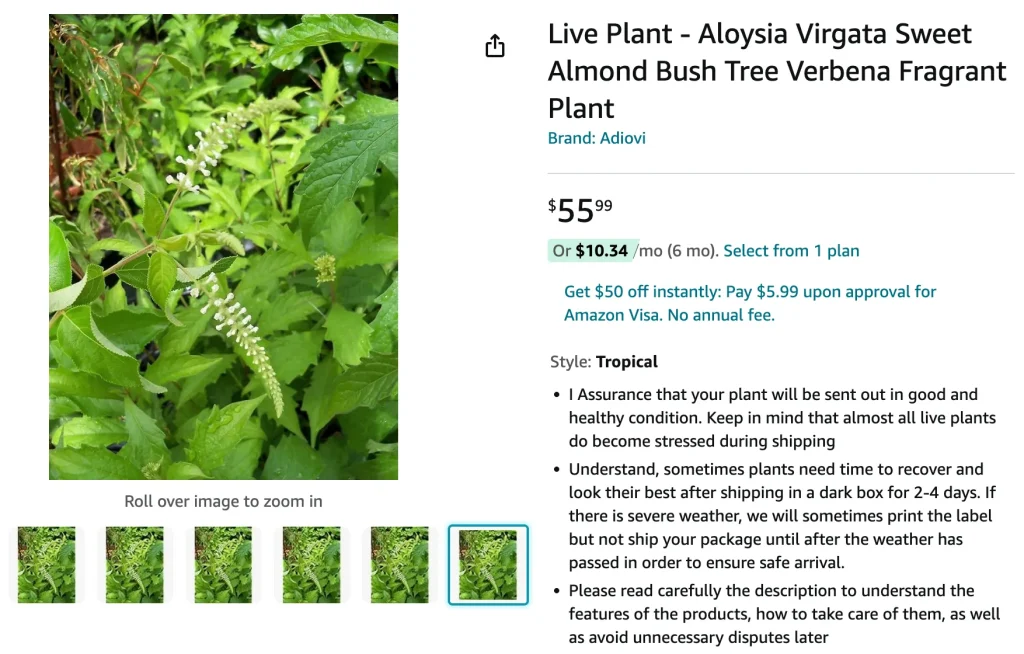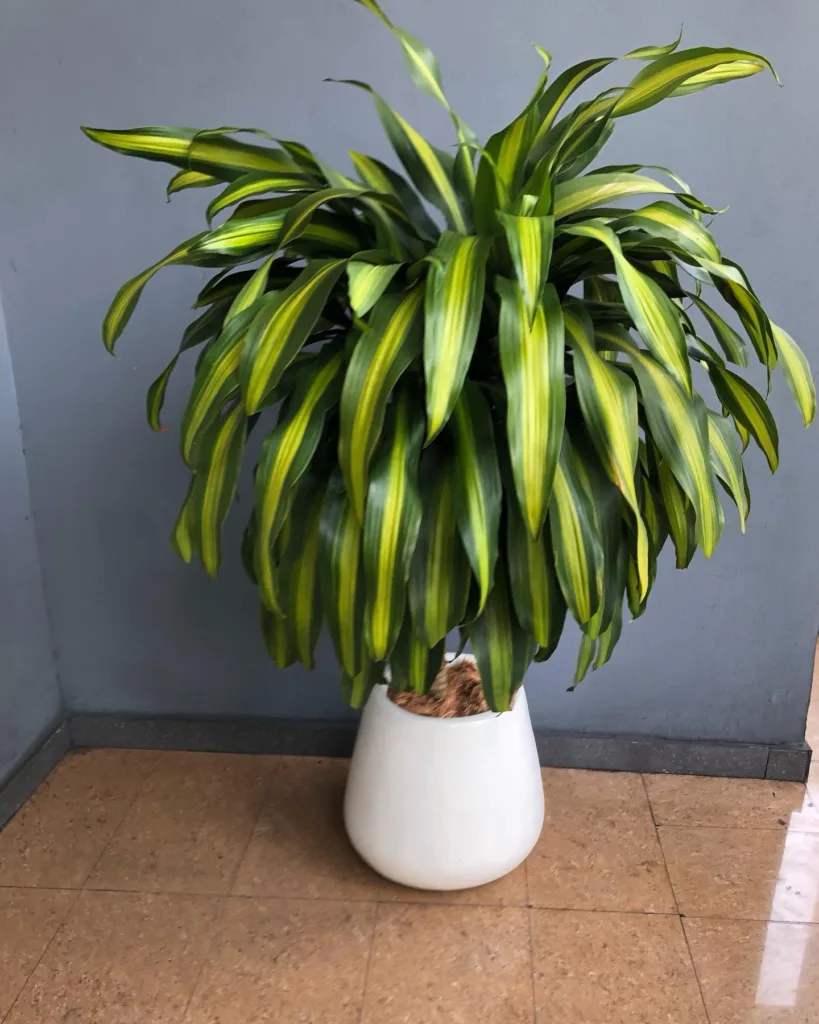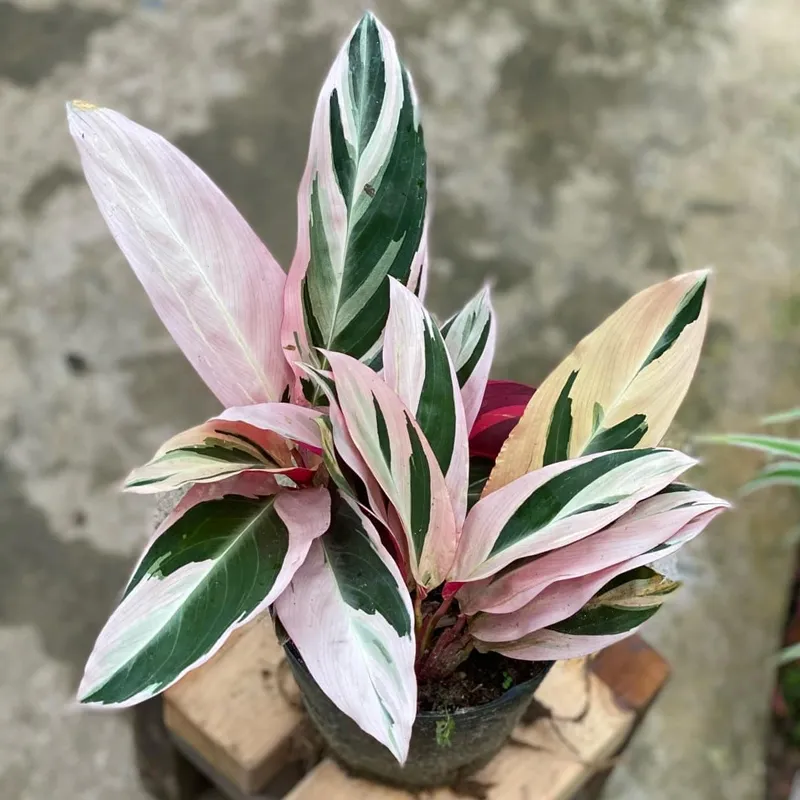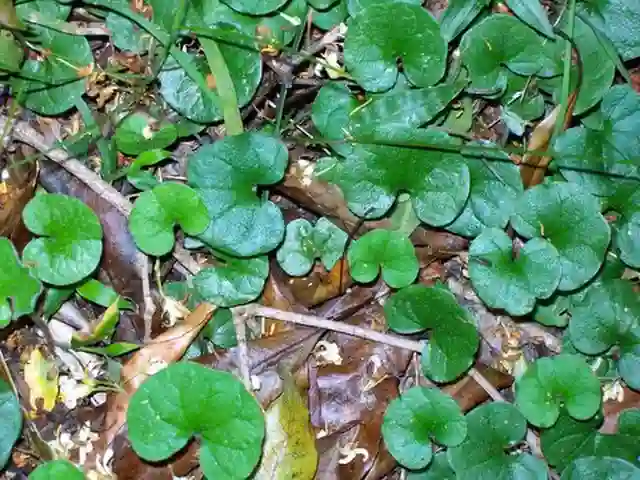
What is Almond Verbena?
Almond Verbena belong to the Verbenaceae family, scientifically known as Aloysia Virgata, is a deciduous shrub that’s prized for its sweet, almond-like fragrance. It can grow quite large—up to 6-10 feet tall—and produces long clusters of small white flowers that attract pollinators like bees, butterflies, and hummingbirds. The blooms are especially fragrant at night, which makes it a great plant for evening gardens.
Plant Family: 32 Genera in Verbenaceae
How to Grow Sweet Almond Verbena?
Growing Almond Verbena is pretty straightforward. This plant thrives in full sun, requiring at least six hours of direct sunlight per day. It’s drought-tolerant once established, but in its early growth stages, I make sure to keep the soil moist. Well-draining soil is key; otherwise, root rot could become an issue. You can plant it directly in the ground if you live in warmer USDA zones (8-11), but for those in cooler climates, container planting is a great option.
Can You Grow Sweet Almond Verbena in a Pot?
Yes, you can absolutely grow Sweet Almond Verbena in a pot. I often recommend this for gardeners in colder zones since it allows you to move the plant indoors during winter months. Choose a large container with good drainage, and use a well-draining potting mix. Just be prepared for it to grow large, so frequent pruning may be necessary to keep its size manageable.
How to Prune Sweet Almond Verbena?
Pruning is crucial for maintaining the shape and size of Almond Verbena, especially if you’re growing it in a container. I typically prune my plant in early spring, right before new growth starts. Focus on removing dead or damaged branches, and trim back any unruly growth. This helps encourage more blooms and keeps the plant looking tidy. Regular pruning also helps the plant allocate its energy to producing more flowers instead of growing too leggy.
When to Prune Almond Verbena?
As mentioned, early spring is the best time to prune Almond Verbena. This ensures that the plant has enough time to bounce back before the growing season kicks in. If the plant gets too large during the summer, you can also give it a light trim after it finishes blooming.
Do Almond Verbena Smell Without Blooms?
No, Almond Verbena does not release its signature fragrance without its blooms. The plant’s sweet almond-like scent comes directly from its clusters of white flowers. So, if you’re growing this plant primarily for its fragrance, it’s essential to make sure it blooms by providing the right care.
How Often to Water Sweet Almond Verbena?
Almond Verbena is fairly drought-tolerant, but regular watering is essential for its health, especially during the first growing season. I water my plant deeply about once a week during dry periods. Once established, it can handle less frequent watering, but be careful not to let the soil dry out completely for long periods.
How to Propagate Almond Verbena?
One of my favorite things about Almond Verbena is how easy it is to propagate. You can propagate it by softwood cuttings. During the growing season, I usually take 4-6 inch cuttings from a healthy plant, remove the lower leaves, and dip the cut end in rooting hormone before placing it in moist potting soil. Keep the cutting in indirect light and mist it regularly. In a few weeks, roots should begin to develop.
Is Almond Verbena a Perennial?
Yes, Almond Verbena is a perennial in warmer climates (zones 8-11). In these zones, it will return year after year with proper care. However, in cooler climates, it behaves more like an annual unless you bring it indoors during the winter months.
Is Almond Verbena Deer Resistant?
Thankfully, Almond Verbena is deer resistant. In my experience, deer tend to leave this plant alone, making it an excellent choice if you live in an area with heavy deer activity. It’s always nice to have plants that won’t get munched on overnight!
Is Almond Verbena Toxic?
Almond Verbena is generally considered non-toxic to humans and pets. However, it’s always a good idea to keep an eye on curious pets or children who might nibble on plants. While not toxic, ingestion of large amounts of any plant material can still cause stomach discomfort.
Where to Plant Almond Verbena?
Location is key when planting Almond Verbena. Since it loves full sun, make sure to choose a spot in your garden that receives plenty of sunlight. In my experience, planting near a patio or window where the fragrance can waft indoors is a great idea. Plus, it will be in close range for you to enjoy its sweet scent.
How to Care for Almond Verbena?
Caring for Almond Verbena is relatively easy. Ensure it gets enough sunlight, water it regularly during its first year, and prune it back to maintain its shape. I also recommend mulching around the base of the plant to help retain moisture, especially during the hotter months. Fertilizing isn’t typically necessary, but a balanced fertilizer in the spring can boost growth and flowering.
What Can You Plant With Almond Verbena?
Almond Verbena pairs well with other pollinator-friendly plants like Lavender, Butterfly Bush, and Salvia. These companions not only look great together but also attract an abundance of beneficial insects. I’ve had success planting mine near herbs like Rosemary and Thyme as well.
Common Problems with Almond Verbena
While generally hardy, Almond Verbena can face issues like root rot if overwatered or planted in poorly draining soil. Occasionally, pests like aphids or spider mites might show up, but these can be managed with a strong spray of water or insecticidal soap.
In conclusion, Sweet Almond Verbena is an easy-going, fragrant plant that’s sure to enhance any garden. With the right care, it will reward you with fragrant blooms all season long. Whether you grow it in a pot or in the ground, this versatile plant is well worth the effort.
If i die, water my plants!



